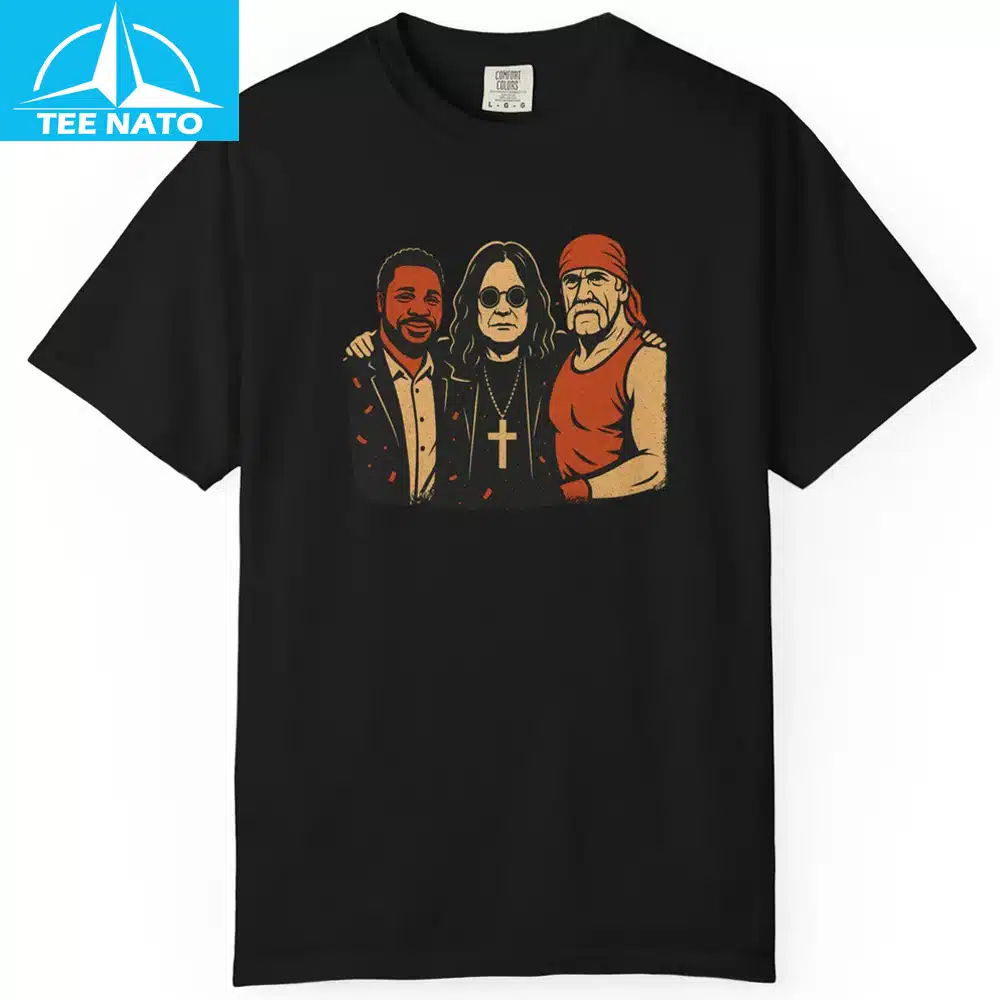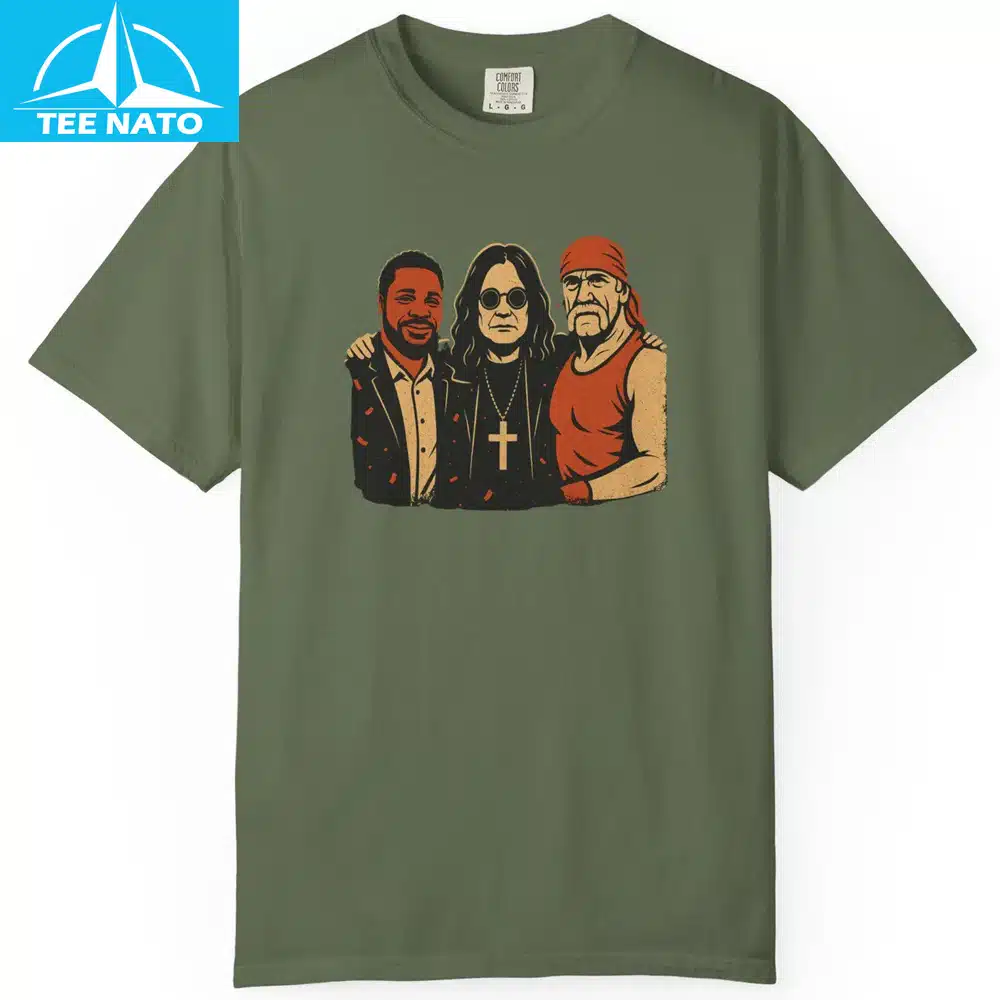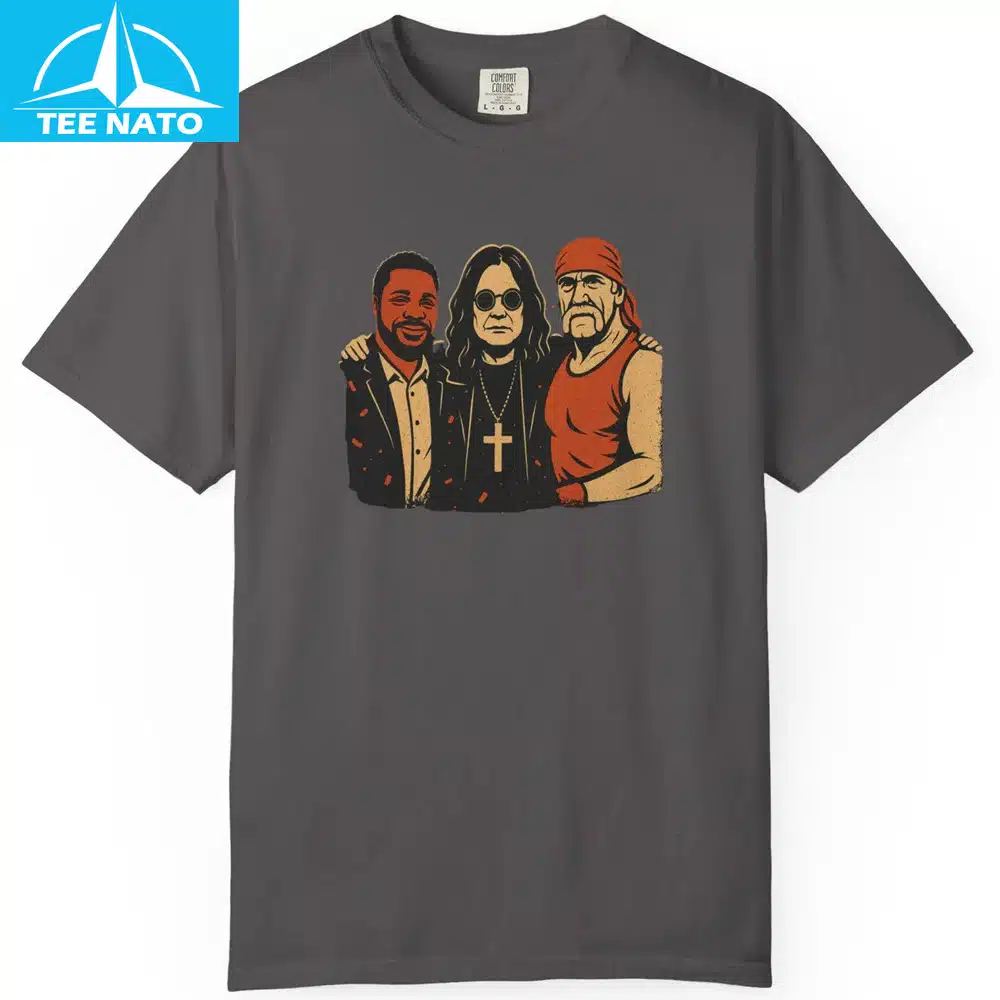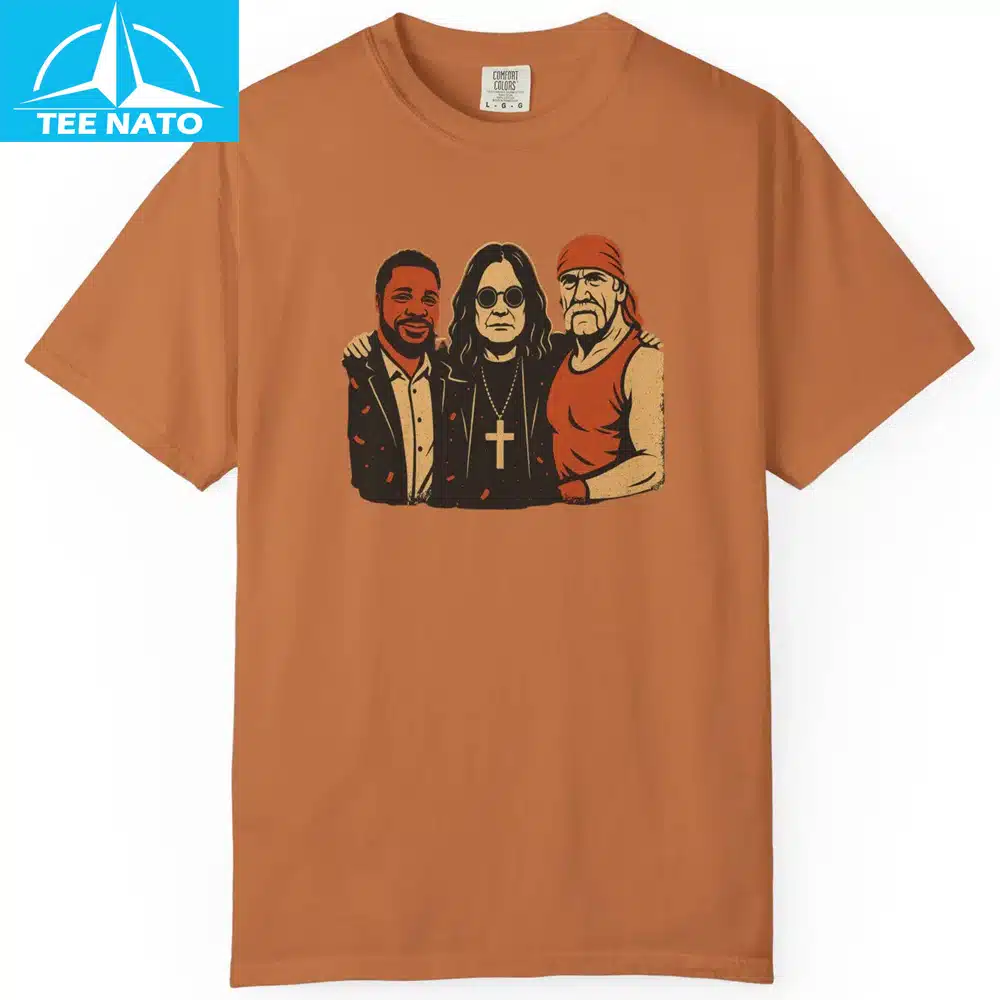A Tribute to Wrestling Icon Hulk Hogan
The wrestling community is paying tribute to RIP Hulk Hogan, a monumental figure who completely transformed sports entertainment. His legacy, characterized by his signature red-and-yellow gear and unforgettable catchphrases, resonates with fans across generations. This article delves into his influence, while also exploring the rebellious persona of Ozzy Osbourne and the cultural importance of the Malcolm-Jamal Warner shirt.
Hulk Hogan was more than just a wrestler; he was a cultural icon. His unique blend of charisma, physical prowess, and showmanship established him as the leading face of professional wrestling during its most celebrated period. Hogan had an unparalleled ability to engage and excite audiences globally, whether he was playing the hero or the villain.
![]()
The rise of Hulk Hogan started in the 1980s, propelled by his collaboration with Vince McMahon’s WWE. His legendary matches at WrestleMania III and VI attracted millions of viewers. Hogan’s character—patriotic, high-energy, and unapologetically confident—connected with fans who were looking for something more than predictable entertainment.
In addition to his wrestling career, Hogan built his pop culture presence by starring in films and television series. His famous line, “Whatcha gonna do, brother?” became inextricably linked with the sport. To this day, new wrestlers point to Hogan as a primary inspiration, highlighting his lasting impact.
Hogan’s career was not without its difficulties. Controversies involving racial slurs and legal issues damaged his public reputation. Nevertheless, he successfully staged several comebacks, including a notable return to WWE in 2005. His capacity for reinvention demonstrated his resilience and sharp business sense.
![]()
There was much debate among fans about whether Hogan’s personal failings overshadowed his professional achievements. However, regardless of personal opinion, his influence on the world of wrestling is indisputable. RIP Hulk Hogan leaves a legacy that is both complex and incredibly significant.
Current wrestlers have learned a great deal from Hogan’s example. His focus on developing a strong character and interacting with fans created a new standard for the industry. Superstars like John Cena and Dwayne “The Rock” Johnson adopted his successful model.
Hogan was also a pioneer in creating crossover appeal, merging the world of wrestling with mainstream pop culture. From selling merchandise to appearing in video games, his brand reached far beyond the wrestling ring. RIP Hulk Hogan—the individual who turned wrestling into a worldwide phenomenon.
Ozzy Osbourne, known as the Prince of Darkness, transformed the heavy metal genre with his distinct vocals and famously wild lifestyle. From his time with Black Sabbath to his reality TV show The Osbournes, Ozzy’s career has been a thrilling mix of brilliance and chaos.
In the 1970s, Ozzy’s unmistakable voice became the defining feature of Black Sabbath’s music. Tracks like “Paranoid” and “Iron Man” turned into anthems for a generation of disenchanted youths. His stage persona—unpredictable, wild, and captivating—made him stand out.
Even as he battled substance abuse, Ozzy’s creative output remained strong. His 1979 departure from Black Sabbath initiated a solo career that would be equally influential. Very few artists have been able to blend dark themes with such broad commercial success.
Albums such as Blizzard of Ozz and No More Tears cemented Ozzy’s status as a solo artist. Songs like “Crazy Train” are still considered cornerstones of rock music. His work with guitarists Randy Rhoads and Zakk Wylde stretched the limits of the genre.
His MTV show, The Osbournes, offered a more personal look at the rock star, endearing him to a new generation of fans and demonstrating his adaptability. Decades on, Ozzy’s impact can be heard in the music of bands like Metallica and Slipknot.
Ozzy’s survival tales, from biting the heads off bats to overcoming overdoses, are legendary. But behind the mayhem was a savvy entrepreneur. His Ozzfest tours played a key role in reviving the metal festival scene in the 2000s.
While health problems have slowed him in recent years, retirement doesn’t seem to be in his plans. Ozzy’s latest albums show that he remains a significant figure in music. As a true nonconformist, Ozzy Osbourne shows no signs of disappearing.
The Malcolm-Jamal Warner shirt represents more than just an item of clothing; it’s a symbol of 90s nostalgia and Black cultural achievement. Famous for his role as Theo Huxtable on The Cosby Show, Warner’s fashion sense left a lasting mark on culture.
Theo’s signature sweaters and graphic T-shirts were the epitome of 80s and 90s style. The Malcolm-Jamal Warner shirt came to represent a blend of youthful defiance and cool sophistication. Fans eagerly copied his outfits, turning them into streetwear icons before the term was widely used.
Warner’s influence went beyond his time on The Cosby Show. He stayed in the public eye through his work in music and activism. Today, authentic Theo-style shirts can be found online for high prices.
Contemporary brands such as Supreme and Urban Outfitters often take inspiration from 90s styles. The Malcolm-Jamal Warner shirt is a perfect example of this trend’s revival. Its vibrant colors and fun designs resonate with both Gen Z and millennial consumers.
Celebrities like Donald Glover and Pharrell have been seen sporting similar fashions. This recurring fashion cycle is a testament to Warner’s enduring style. Wearing his iconic look pays homage to a creative and innovative period.
Vintage shops and online marketplaces like eBay are excellent sources for original Warner-inspired shirts. Major brands like Nike and Adidas have also re-released some of their retro designs. For those seeking a unique item, artists on Etsy offer custom recreations of iconic Cosby Show graphics.
Combining these shirts with jeans or joggers creates a modern, fresh look. The Malcolm-Jamal Warner shirt is not just a retro item—it’s a fashion statement.
From the wrestling supremacy of RIP Hulk Hogan to Ozzy Osbourne’s rock-and-roll defiance and the fashion legacy of the Malcolm-Jamal Warner shirt, these icons have left an indelible mark on our culture. Their stories serve as a reminder that greatness is often intertwined with complexity, but their influence is undeniable. Whether it was in the wrestling ring, on a concert stage, or through fashion, their impact remains timeless. `
POSTER SEO_SIBATOOL